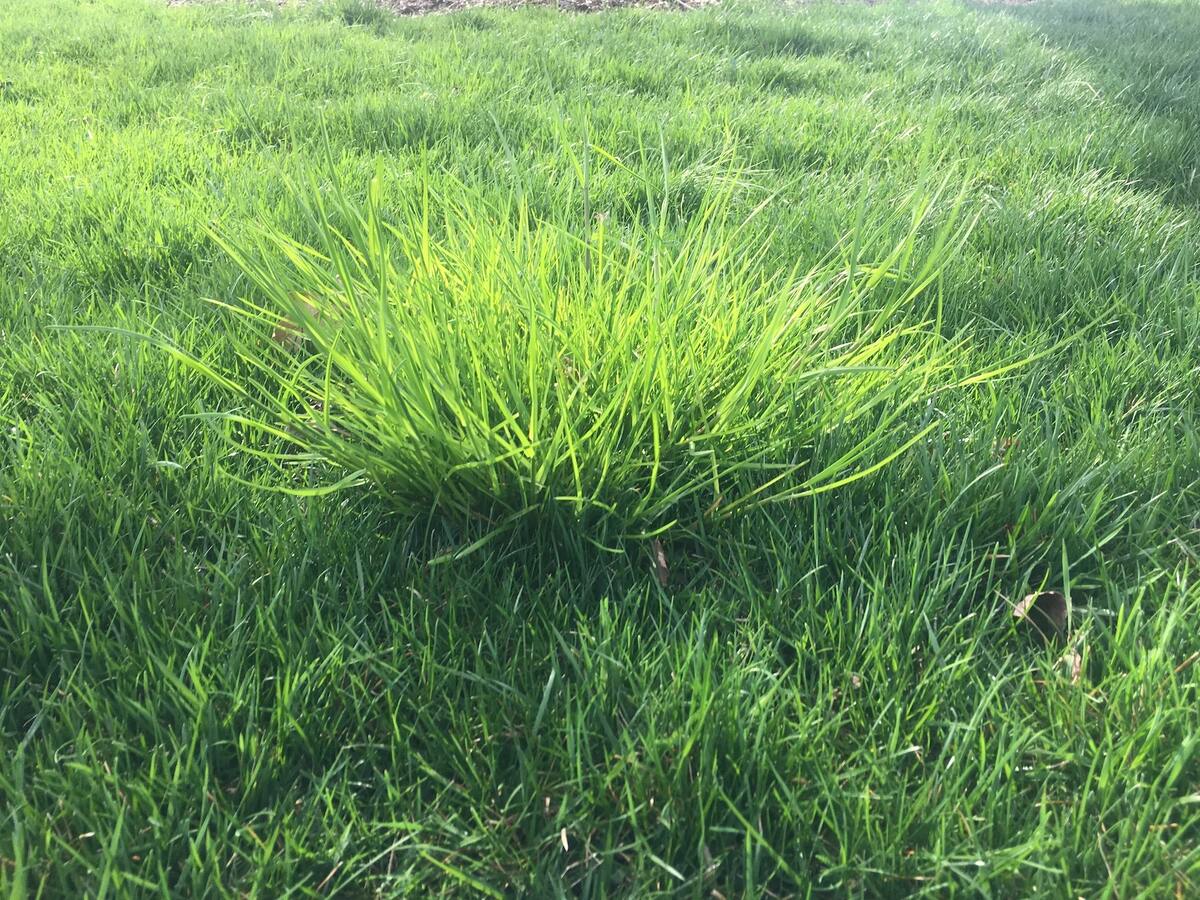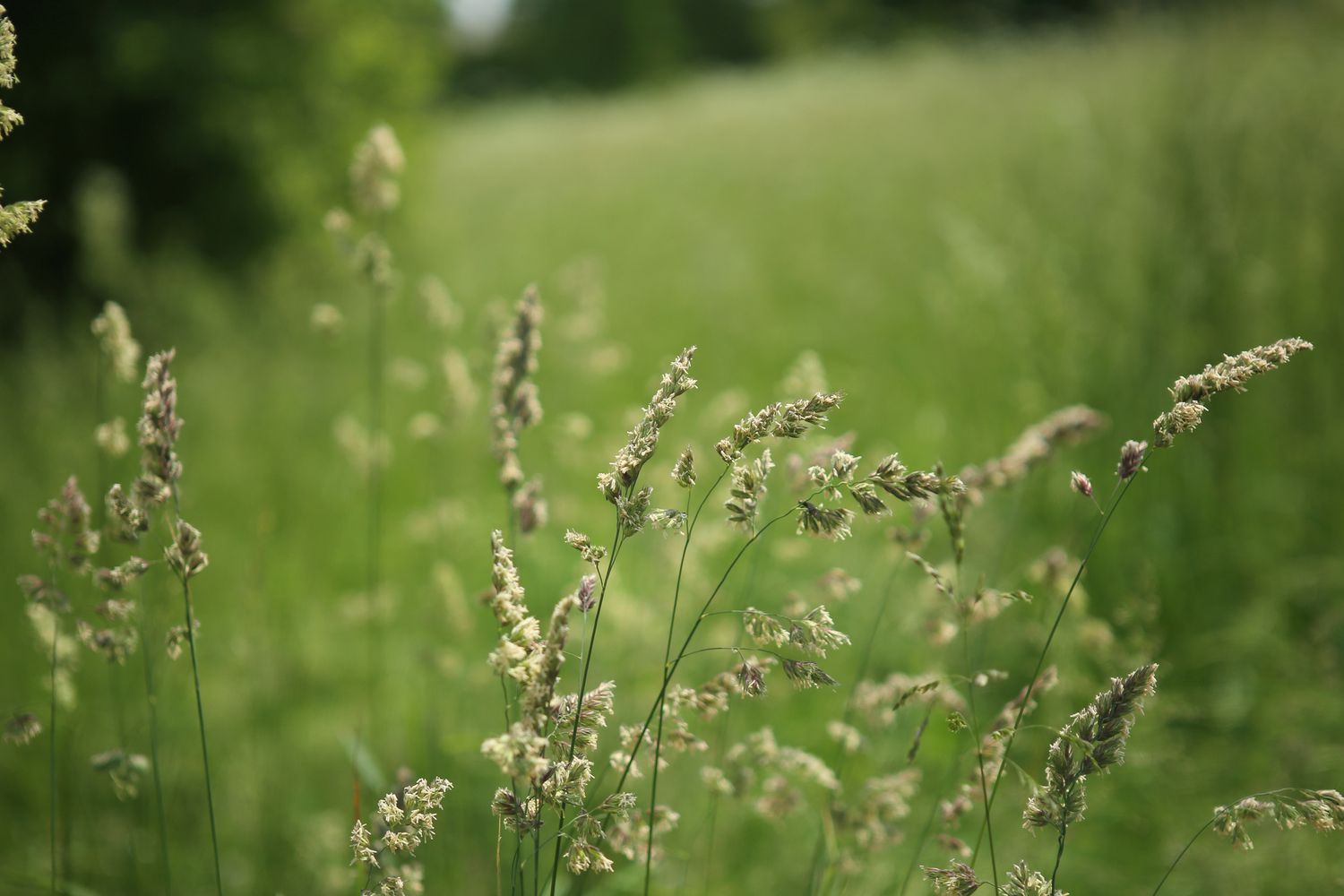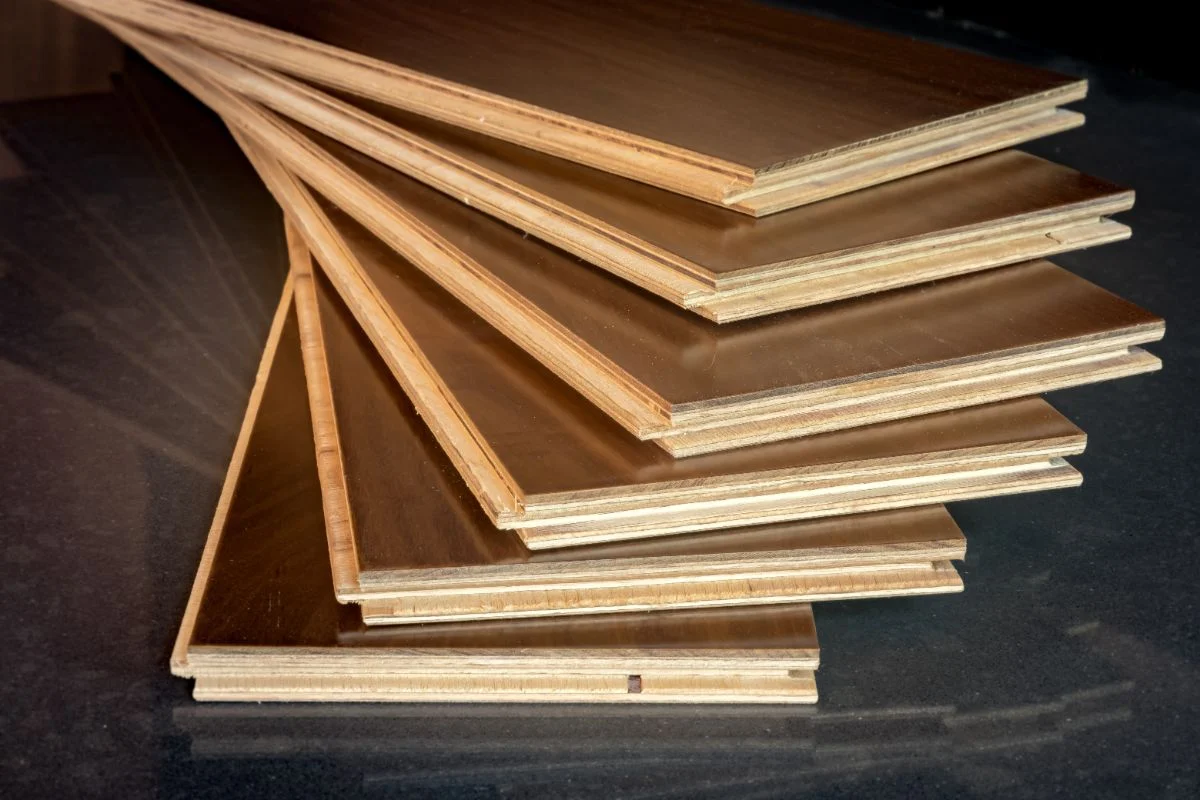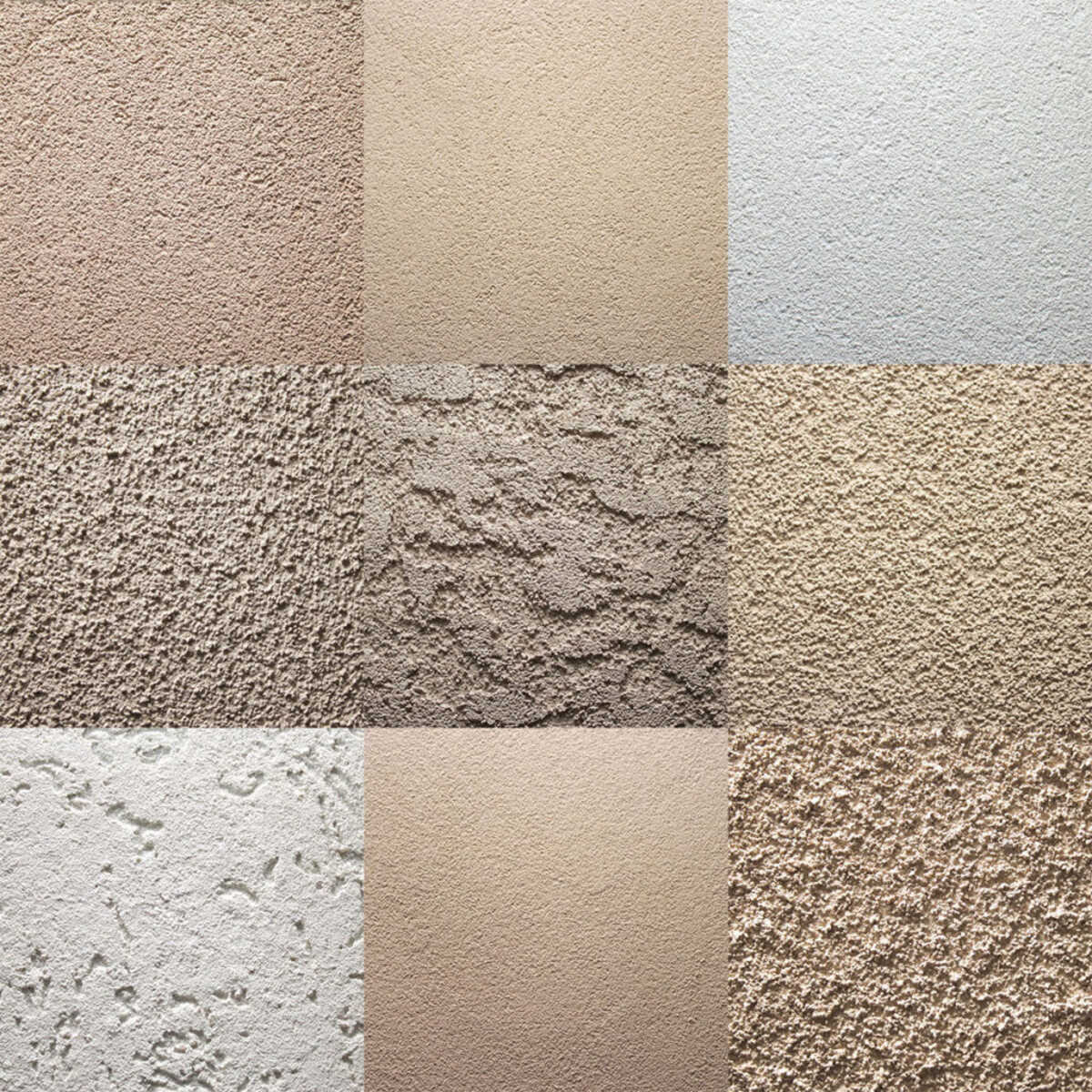Home>Gardening & Outdoor>Landscaping Ideas>How Many Different Types Of Grass Are There


Landscaping Ideas
How Many Different Types Of Grass Are There
Modified: February 18, 2024
Discover the various types of grass for landscaping ideas. Learn about the different options available for your lawn and garden.
(Many of the links in this article redirect to a specific reviewed product. Your purchase of these products through affiliate links helps to generate commission for Storables.com, at no extra cost. Learn more)
Introduction
Welcome to the wonderful world of grasses! When it comes to landscaping, the type of grass you choose can make a significant difference in the overall aesthetic and functionality of your outdoor space. With a multitude of grass varieties available, each boasting its own unique characteristics and benefits, it’s essential to understand the diverse options at your disposal.
In this comprehensive guide, we’ll explore the wide array of grass types, ranging from those ideal for warm climates to those suited for cooler environments. Additionally, we’ll delve into the realm of ornamental and native grasses, shedding light on their distinctive features and how they can elevate the visual appeal of any landscape. By the end of this journey, you’ll have gained valuable insights into the plethora of grass varieties, empowering you to make informed decisions when it comes to landscaping projects.
Whether you’re a seasoned landscaping enthusiast or a newcomer looking to enhance your outdoor space, understanding the different types of grasses is a crucial step towards achieving a vibrant and thriving landscape that’s both visually captivating and functional. So, let’s embark on this enlightening exploration of the myriad grass species, uncovering the beauty and versatility they bring to the world of landscaping.
Key Takeaways:
- There are different types of grasses for different climates and landscaping needs, from heat-tolerant Bermuda grass to elegant ornamental fountain grass, each offering unique benefits for creating vibrant and sustainable outdoor spaces.
- Native grasses play a crucial role in preserving natural habitats and supporting local wildlife, offering resilience, low maintenance, and ecological contributions for creating biodiverse and visually captivating landscapes.
Warm-Season Grasses
Warm-season grasses are renowned for their ability to thrive in hot and humid climates, making them the go-to choice for regions with scorching summers. These grasses exhibit optimal growth during the warmest months, boasting vibrant green hues and excellent tolerance to heat and drought. Here are some popular warm-season grass varieties that are well-suited for different landscaping needs:
- Bermuda Grass: Known for its resilience and rapid growth, Bermuda grass is a popular choice for lawns, sports fields, and golf courses. Its fine texture and exceptional heat tolerance make it a top contender for warm climates.
- Zoysia Grass: With its dense, lush growth and impressive heat resistance, Zoysia grass is favored for its ability to withstand heavy foot traffic, making it an excellent option for high-traffic areas such as parks and recreational spaces.
- Centipede Grass: Recognized for its low-maintenance nature and striking light green color, Centipede grass thrives in acidic soils and is ideal for creating visually appealing lawns with minimal upkeep.
- Buffalo Grass: Native to the North American prairies, Buffalo grass is celebrated for its drought tolerance and eco-friendly attributes. Its low water requirements and ability to thrive in diverse soil types make it an environmentally conscious choice for sustainable landscapes.
These warm-season grasses not only add lushness and vibrancy to outdoor spaces but also contribute to water conservation efforts in regions prone to arid conditions. Their resilience and adaptability make them invaluable assets for creating inviting and sustainable landscapes that can withstand the rigors of hot climates.
Cool-Season Grasses
Cool-season grasses are prized for their ability to flourish in cooler climates, particularly during the spring and fall seasons. These grass varieties exhibit peak growth when temperatures are mild, making them an excellent choice for regions with chilly winters and moderate summers. Whether you’re aiming to create a lush lawn or enhance the visual appeal of your landscape, cool-season grasses offer a diverse range of options to suit various needs. Here are some popular cool-season grass varieties:
- Kentucky Bluegrass: Renowned for its lush, emerald-green appearance and fine texture, Kentucky bluegrass is a popular choice for lawns and recreational areas. Its cold tolerance and ability to self-repair make it a top contender for cooler climates.
- Fescue Grass: Available in several varieties such as tall fescue and fine fescue, fescue grass is celebrated for its adaptability to shade and drought conditions. Its rich green color and low maintenance requirements make it an attractive option for residential and commercial landscapes.
- Perennial Ryegrass: With its rapid germination and establishment, perennial ryegrass is often included in grass seed mixes to provide quick cover and a vibrant green hue. Its tolerance to foot traffic and versatility make it a popular choice for lawns and athletic fields.
- Bentgrass: Known for its fine texture and high tolerance to close mowing, bentgrass is a preferred choice for golf course putting greens and ornamental lawns. Its ability to create a velvety, uniform surface sets it apart as an ideal grass for meticulous landscaping applications.
These cool-season grasses not only enhance the visual allure of landscapes but also contribute to soil stabilization and erosion control, making them valuable assets for environmental conservation efforts. Their adaptability to cooler climates and diverse landscaping needs make them indispensable for creating inviting and resilient outdoor spaces.
There are over 10,000 different types of grass, but they can be grouped into two main categories: warm-season grasses and cool-season grasses. Each category has its own subtypes, so the total number of different grass types is quite extensive.
Ornamental Grasses
Ornamental grasses add a touch of elegance and visual interest to landscapes, offering a diverse array of textures, colors, and forms that complement various design styles. Whether used as focal points, borders, or ground covers, these grasses bring a dynamic and graceful element to outdoor spaces. Here are some popular ornamental grass varieties that are revered for their aesthetic appeal and versatility:
- Fountain Grass (Pennisetum): With its cascading, fountain-like foliage and striking plumes, fountain grass adds a sense of movement and drama to landscapes. Its graceful appearance and low maintenance requirements make it a popular choice for borders and mass plantings.
- Japanese Silver Grass (Miscanthus sinensis): Known for its tall, feathery plumes and graceful arching form, Japanese silver grass creates a stunning visual impact in gardens and naturalistic landscapes. Its versatility and ability to thrive in various soil types make it a sought-after ornamental grass.
- Zebra Grass (Miscanthus sinensis ‘Zebrinus’): Characterized by its horizontal yellow stripes on green foliage, zebra grass adds a bold and distinctive touch to landscapes. Its upright growth habit and tolerance to a wide range of growing conditions make it an eye-catching choice for mixed borders and specimen plantings.
- Switch Grass (Panicum virgatum): Praised for its upright, architectural form and airy panicles, switch grass offers a captivating display throughout the seasons. Its adaptability to diverse soil types and its role in providing habitat for wildlife make it a valuable addition to naturalistic and sustainable landscapes.
These ornamental grasses not only elevate the visual appeal of landscapes but also contribute to ecological balance and biodiversity, making them essential components of eco-conscious landscaping. Their ability to thrive in diverse environmental conditions and their captivating aesthetics make them invaluable for creating captivating and environmentally sustainable outdoor spaces.
Native Grasses
Native grasses play a pivotal role in sustainable landscaping, offering a range of benefits that extend beyond their visual appeal. These grasses are inherently adapted to the local climate, soil, and wildlife, making them valuable assets for creating resilient and ecologically balanced landscapes. By incorporating native grasses into outdoor spaces, you can enhance biodiversity, conserve water, and promote the overall health of the ecosystem. Here are some notable native grass varieties that are cherished for their ecological significance and landscape-enhancing qualities:
- Big Bluestem (Andropogon gerardii): Recognized for its iconic, bluish-green stems and striking seed heads, big bluestem is a key component of North American prairies. Its deep root system and role in providing food and habitat for wildlife make it an essential grass for naturalistic and sustainable landscapes.
- Little Bluestem (Schizachyrium scoparium): With its fine texture and vibrant reddish-brown stems, little bluestem adds a touch of elegance to native plantings and meadow landscapes. Its drought tolerance and ability to thrive in diverse soil types make it a valuable grass for conservation and restoration projects.
- Prairie Dropseed (Sporobolus heterolepis): Praised for its delicate, fountain-like foliage and subtle fragrance, prairie dropseed offers a graceful and sensory experience in naturalistic gardens. Its role in stabilizing soil and supporting pollinators underscores its significance in sustainable landscaping.
- Muhly Grass (Muhlenbergia capillaris): Known for its billowy, pinkish inflorescences that sway in the breeze, muhly grass adds a captivating and ethereal quality to landscapes. Its low maintenance requirements and contribution to soil stabilization make it an ideal choice for sustainable and low-impact landscapes.
These native grasses not only celebrate the beauty of local ecosystems but also play a crucial role in preserving and restoring natural habitats. Their resilience, low maintenance needs, and ecological contributions make them indispensable for creating biodiverse, resilient, and visually captivating outdoor spaces that harmonize with the surrounding environment.
Read more: What Are The Different Types Of Zoysia Grass
Conclusion
Exploring the diverse world of grasses reveals a rich tapestry of options that cater to various climates, design preferences, and ecological considerations. Whether you seek to create a lush lawn, enhance the visual allure of your landscape, or contribute to environmental sustainability, the wide array of grass types offers a multitude of possibilities. From the resilience of warm-season grasses to the elegance of ornamental varieties and the ecological significance of native species, each type of grass brings its own unique charm and benefits to outdoor spaces.
By understanding the distinct characteristics and advantages of warm-season, cool-season, ornamental, and native grasses, you can make informed choices that align with your landscaping goals and contribute to the overall health of the ecosystem. Whether you’re aiming to conserve water, support local wildlife, or simply create a visually captivating outdoor environment, the selection of the right grass type plays a pivotal role in achieving these objectives.
As you embark on your landscaping journey, consider the diverse roles that grasses play in shaping the beauty and functionality of outdoor spaces. Whether it’s the heat tolerance of Bermuda grass, the graceful allure of fountain grass, or the ecological contributions of native grasses, each variety offers a unique blend of aesthetics, functionality, and environmental value. By embracing the rich diversity of grasses, you can cultivate landscapes that are not only visually stunning but also sustainable, resilient, and harmonious with the surrounding environment.
So, whether you’re envisioning a vibrant lawn, a captivating ornamental display, or a biodiverse native planting, the world of grasses stands ready to fulfill your landscaping aspirations and contribute to the enduring beauty and ecological vitality of your outdoor oasis.
Frequently Asked Questions about How Many Different Types Of Grass Are There
Was this page helpful?
At Storables.com, we guarantee accurate and reliable information. Our content, validated by Expert Board Contributors, is crafted following stringent Editorial Policies. We're committed to providing you with well-researched, expert-backed insights for all your informational needs.















0 thoughts on “How Many Different Types Of Grass Are There”